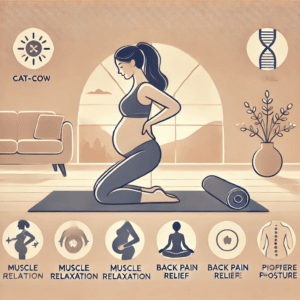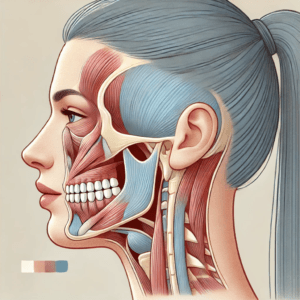Headache Types by Location: Understanding Your Pain for Better Relief
Table of Contents

Headache Types by Location: Understanding Your Pain for Better Relief
Introduction
Ever get that throbbing behind your eyes, or maybe a sharp pain at your temples and think, “what the heck is going on?” You’re not alone. We’ve all been there, battling headaches that seem to have a mind of their own. The real kicker? Where your head hurts can actually give you clues about the type of headache you’re dealing with.
Understanding different headache types by location can be a game changer in figuring out how to get some relief. We’re not just talking about “a headache” here; we’re diving into the specifics to help you become more informed about what’s happening inside your noggin. Whether you experience throbbing, dull aches, or sharp pangs, gaining the right knowledge puts you well on your way to feeling like yourself again.
Deciphering Headache Types by Location: A Pain Map for Relief
Frontal Headaches: The Forehead Frustrations
If you experience a dull, pressing pain across your forehead, you may be dealing with a tension headache, often caused by muscle strain due to stress or poor posture. On the other hand, if the pain is accompanied by nasal congestion and facial tenderness, a sinus headache might be to blame.
Symptoms Breakdown:
- Tension Headache: Dull, pressure-like pain across the forehead, often linked to stress or muscle strain.
- Sinus Headache: Forehead pain with nasal congestion and facial tenderness, possibly indicating a sinus infection.
Temporal Headaches: The Temple Troubles
Pain on the sides of your head, especially if it’s throbbing and accompanied by sensitivity to light or nausea, could indicate a migraine. If the pain is severe, stabbing, and occurs in clusters, it might be a cluster headache, one of the most intense types.
Symptoms Breakdown:
- Migraine: Throbbing temple pain, sensitivity to light/sound, nausea.
- Cluster Headache: Sharp, severe pain, usually around one eye or temple, often accompanied by a runny nose or droopy eyelid.
Occipital Headaches: The Back of the Head Buzz
Pain at the back of your head is often linked to occipital neuralgia, where nerve irritation causes shooting or electric shock-like pain. Cervicogenic headaches stem from neck issues and can radiate upwards.
Symptoms Breakdown:
- Occipital Neuralgia: Sharp, shooting pain originating from the neck.
- Cervicogenic Headache: Pain triggered by neck movement or posture issues.
Behind the Eye Headaches: The Orbital Agony
If you feel an intense pressure behind your eyes, it might indicate cluster headaches, which can be accompanied by tearing and nasal congestion. Tension headaches can also radiate into this area.
Symptoms Breakdown:
- Cluster Headache: Severe pain behind one eye, tearing, nasal symptoms.
- Tension Headache: Muscle tension that refers pain to the eye area.
Headaches All Over: The Full Head Fiasco
If your entire head feels like it’s in a vice, it’s likely a tension headache, typically caused by stress, dehydration, or muscle tension. This type of headache feels like a tight band around your head.
Symptoms Breakdown:
- Tension Headache: Diffuse, pressing pain all over the head, often linked to stress or fatigue.
Tracking Your Headaches: The Key to Relief
Keeping a headache journal can be incredibly helpful in identifying patterns and triggers. Factors to track include:
- Time of day the headache occurs
- Foods or drinks consumed prior to the headache
- Associated symptoms (e.g., nausea, light sensitivity)
- Duration and intensity of pain
Conclusion
Understanding that a headache isn’t just a headache—it’s a complex signal from your body—is crucial. By paying close attention to the location of your pain, you’re taking a proactive step toward better management. If persistent headaches impact your daily life, seeking medical attention is essential.
Frequently Asked Questions (FAQs)
Q: Can stress cause different types of headaches?
A: Yes, stress is a major trigger for tension headaches and migraines, each presenting unique pain locations.
Q: Is pain in multiple locations indicative of a specific headache type?
A: It could suggest tension headaches, while migraines might start in one area and spread.
Q: Can dehydration cause headaches in specific locations?
A: Dehydration commonly triggers tension headaches, resulting in dull aches across the forehead or entire head.
Q: When should I seek medical attention for my headaches?
A: Seek medical help if headaches are frequent, severe, or accompanied by vision changes, confusion, or fever.













Post Comment